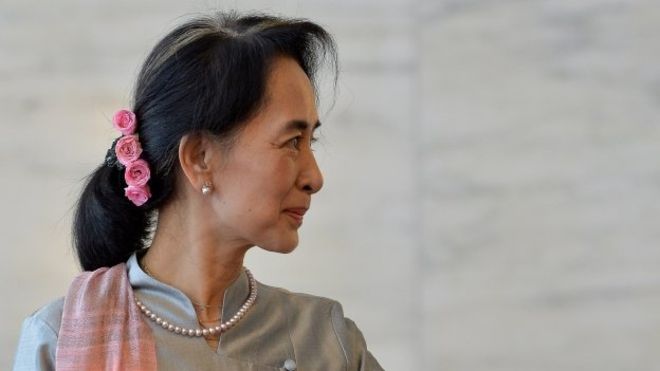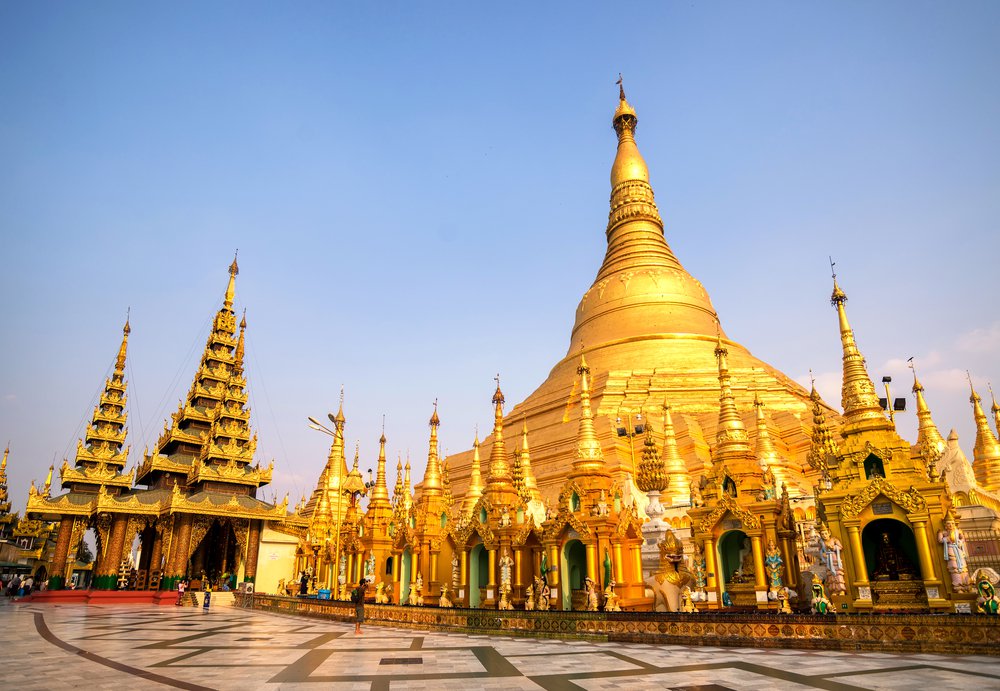From 5-6 August, the Vivekananda Foundation and the Tokyo Foundation will be hosting the second Samvad conference* at Sitagu International Buddhist Academy (SIBA), Yangon. I reported on Samvad’s first symposium two years ago in New Delhi, and it was then that it became clear India’s government was trying to manoeuvre among different Asian countries – Japan, Mongolia, and now Myanmar – to establish for itself a solid bloc of Buddhist support that could rival China’s plans for Buddhist development. Samvad is one of the main organs through which Indian PM Narendra Modi hopes to accomplish this.
I can make this relatively bold assertion with confidence because the Vivekananda Foundation and the Tokyo Foundation are open about what they do. The former, as stated on its website, “is a New Delhi-based think tank set up with the collaborative efforts of India’s leading security experts, diplomats, industrialists and philanthropists under the aegis of the Vivekananda Kendra. . . . to kick start innovative ideas and thoughts that can lead to a stronger, secure and prosperous India playing its destined role in global affairs.” Its advisory board and executive council are filled with political grandees, analysts, and advisors and senior military figures. The Tokyo Foundation is broader in its foci, from tax to social security and constitutional reform, but one of its core interests is maritime defence, and the foundation has published numerous research papers about Japanese security concerns.
I’m not surprised that both India and China wish to attract the favour of countries with a large Buddhist population or significant Buddhist history. Everyone is getting into the Great Game now: Pakistan (of all countries!) is promoting cross-strait ties with Sri Lanka by inviting Sri Lankan monks to Gandharan Buddhist exhibits. Bhutan is trying to stake out soft power independent of Indian political control and China’s growing economic influence. Once unheard of partnerships are becoming part of the Buddhist story, with conversations and meetings between Pakistani and South Korean delegates and Indian and Mongolian Buddhists. Next month, Myanmar will apparently be the next soft power hotspot for Buddhist institutions.
This is not a surprise either. Myanmar is a critical part of China’s 21st Century Maritime Silk Route. It also has a strong anti-imperial heritage through renowned stateswoman Aung San Suu Kyi and a complex relationship with its other Buddhist neighbours (Cambodia, Thailand, Laos, and Vietnam). China is a close ally with Cambodia, and various groups in China, including Po Lin Monastery in Hong Kong, are seeking to collaborate with some of Thailand’s most important tertiary Buddhist institutions (specifically Mahachulalongkornrajavidyalaya University). My feeling is that academic bodies and individuals from India and other countries present at Samvad II will reach out to SIBA to promote joint research on Buddhism.

Myanmar’s persistent conundrum with the Rohingya Muslim people, along with the vitriolic nationalism and violence espoused by certain Buddhist organizations, captures most international media attention and is certainly a headache for the government and the Buddhist establishment, as evinced by recent actions taken against nationalist groups like Ma Ba Tha. But it is mainly a domestic issue, or at most a regional problem that Myanmar must sort out with Bangladesh and countries that the Rohingya have previously attempted to flee to, like Malaysia. But it is also important to keep an eye on the broader regional Buddhist diplomacy that is unfolding: Samvad II will be a cornerstone of this broader approach, and notably also involves other Buddhist-dominant countries like Japan.
The shifting dynamic of Buddhist rivalry (and cooperation, to be fair: one shouldn’t forget this important factor) between India and China, as well as between other countries, is out in the open and being covered by increasing numbers of media outlets and newspapers. The concrete strategies of individual countries, once a point of informed speculation for journalists and Buddhists, can now be proactively followed and scrutinized. India’s Buddhist diplomacy will continue as long as Modi is in power (and by all indications, intensify). He has invested too much rhetoric and political capital to back out now. China also wishes to play a long game, with the outdated theory that religion would eventually go extinct in society pushed further into a token and abstract, meaningless future.
What path will Myanmar’s Buddhist leaders take? We watch with great interest.
- The formal title of the conference is Samvad II: Dialogue for Peace, Harmony and Security- A Global Initiative for Conflict Avoidance and Environment Consciousness.

